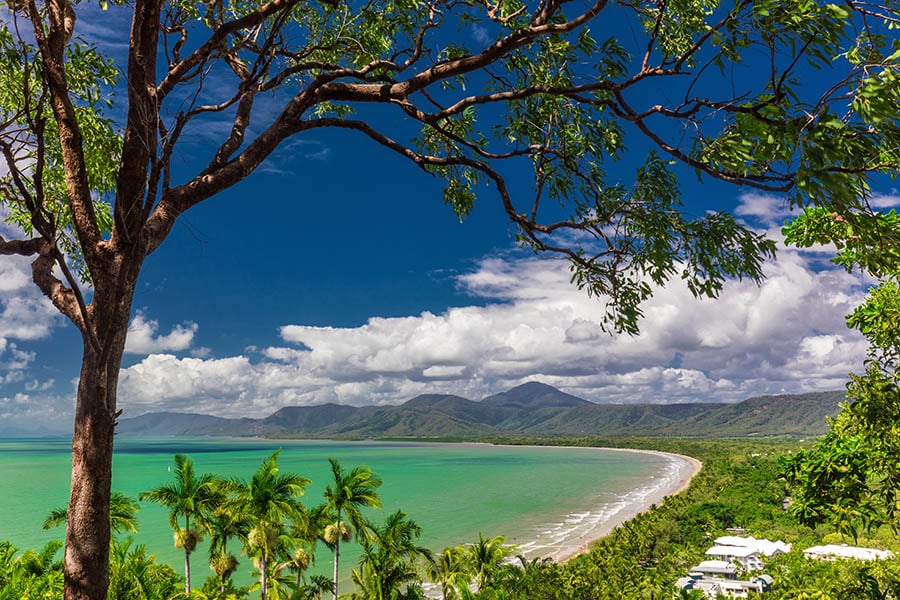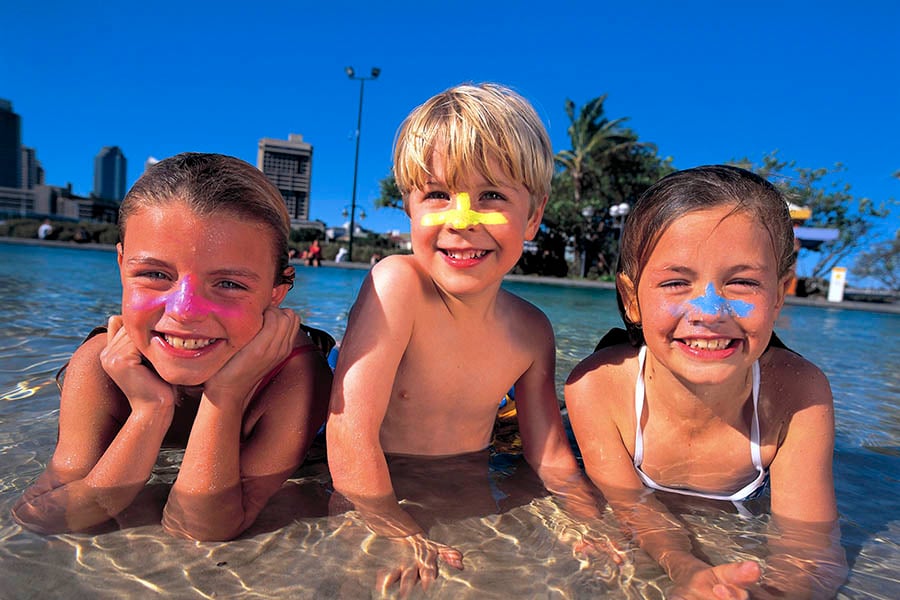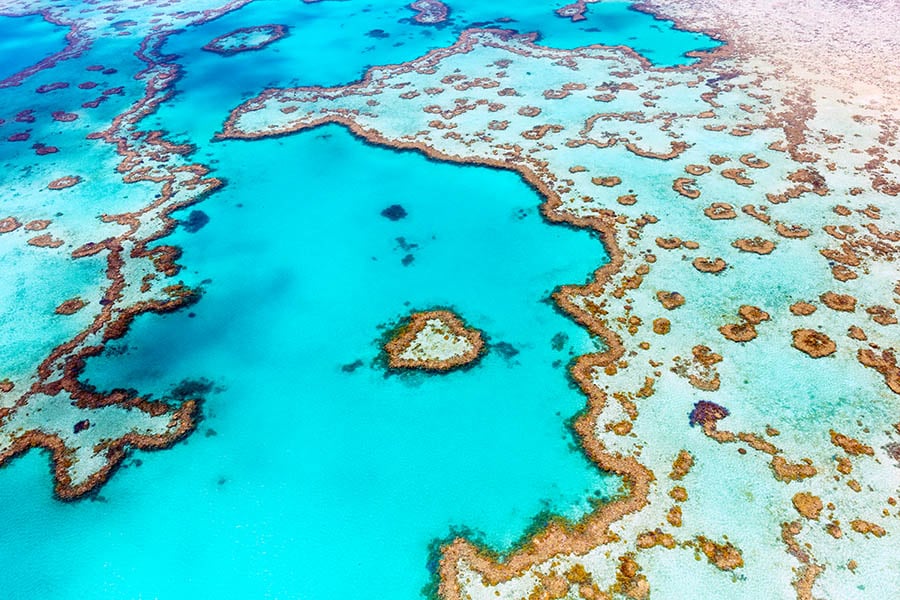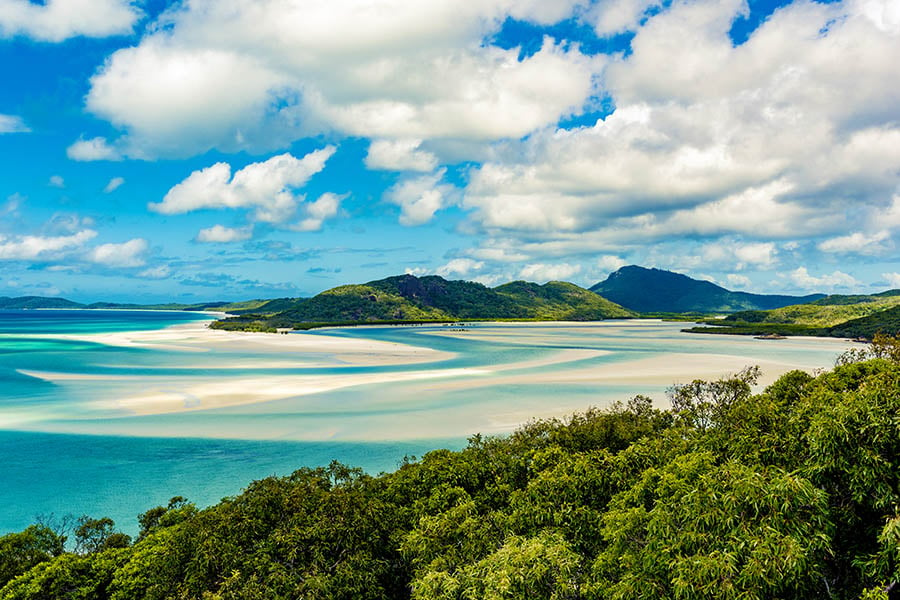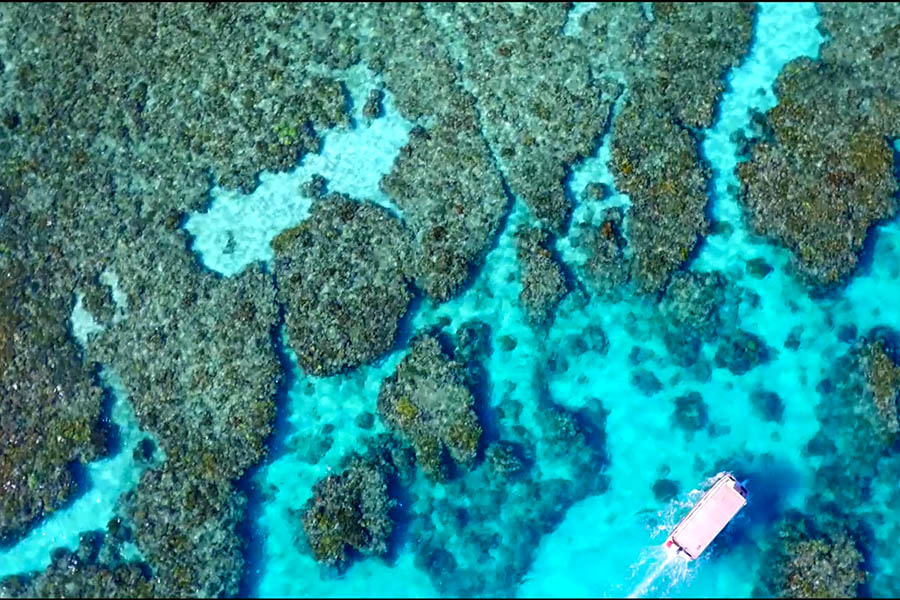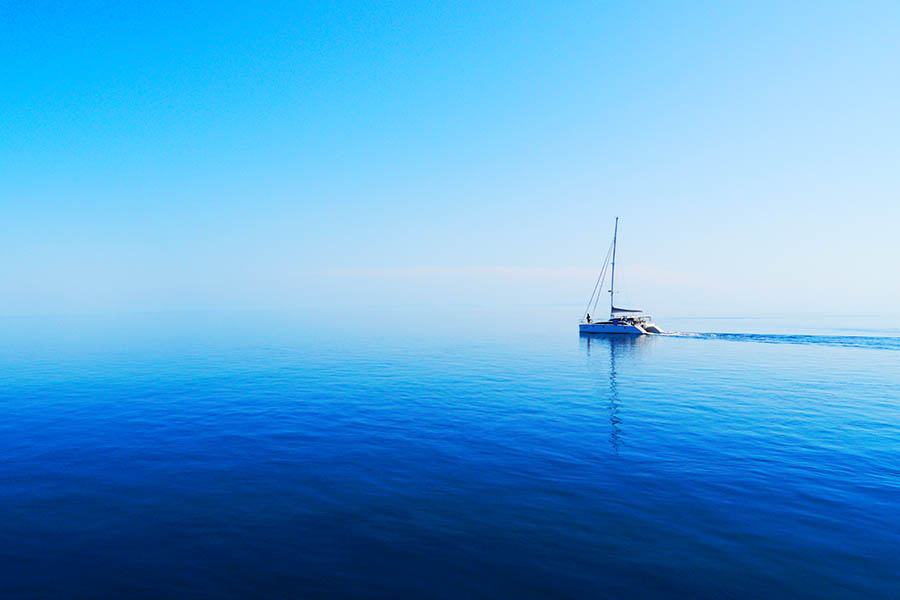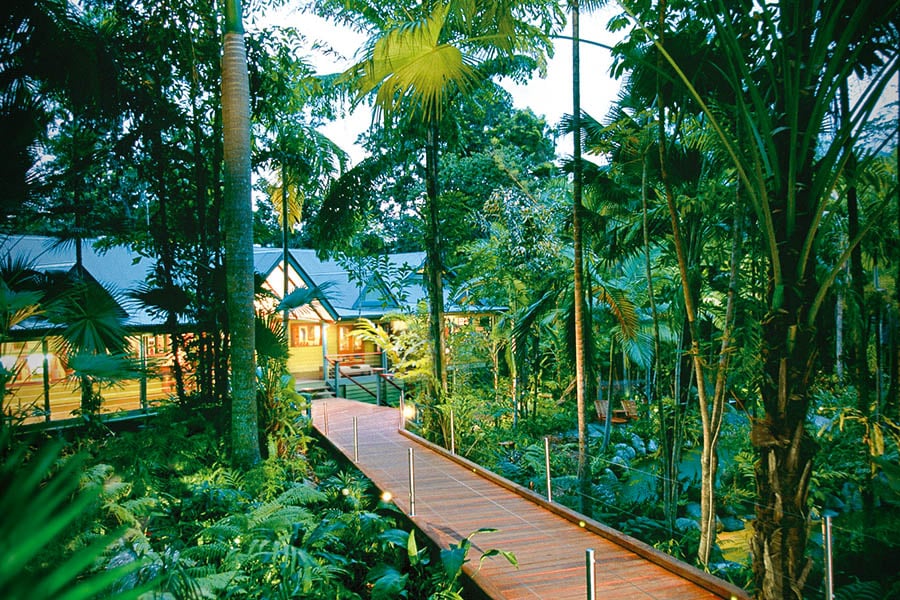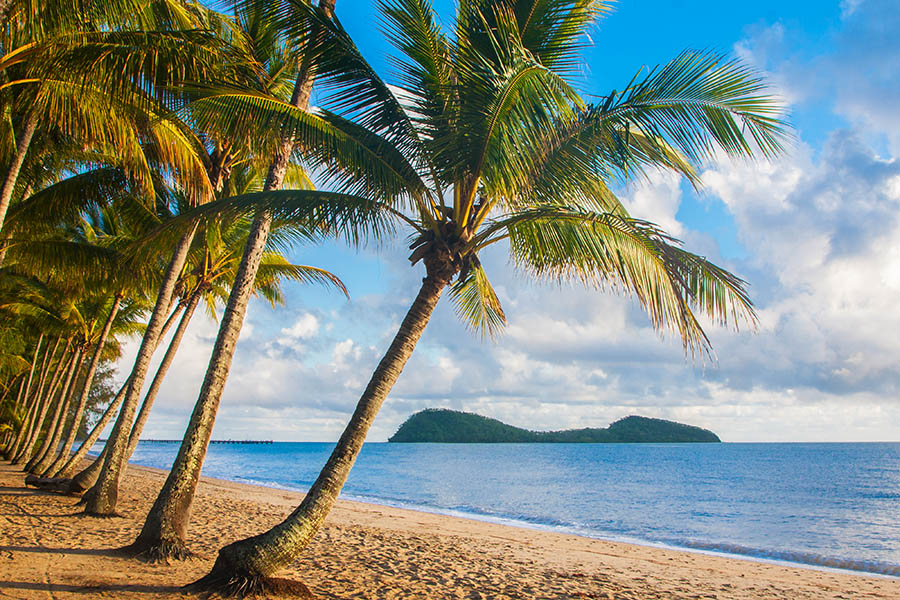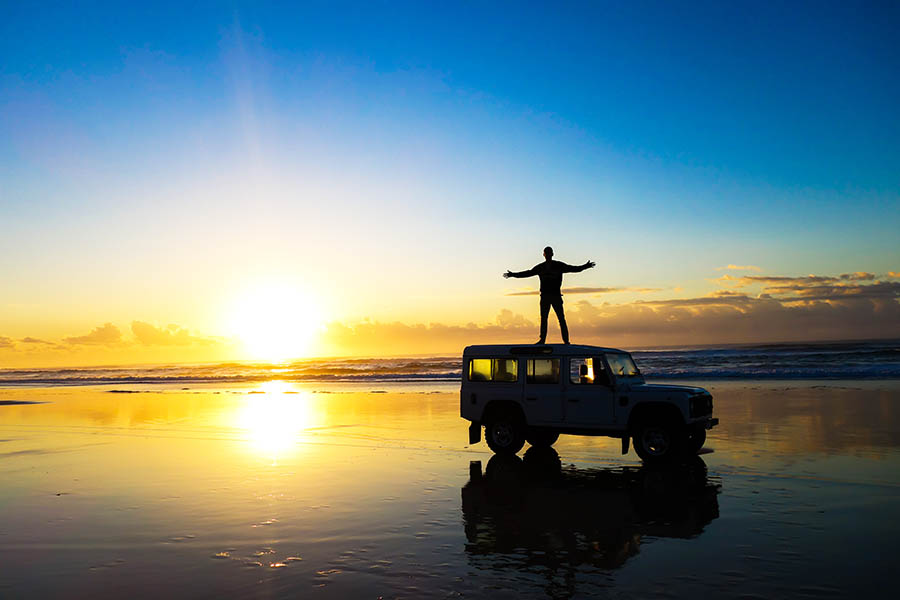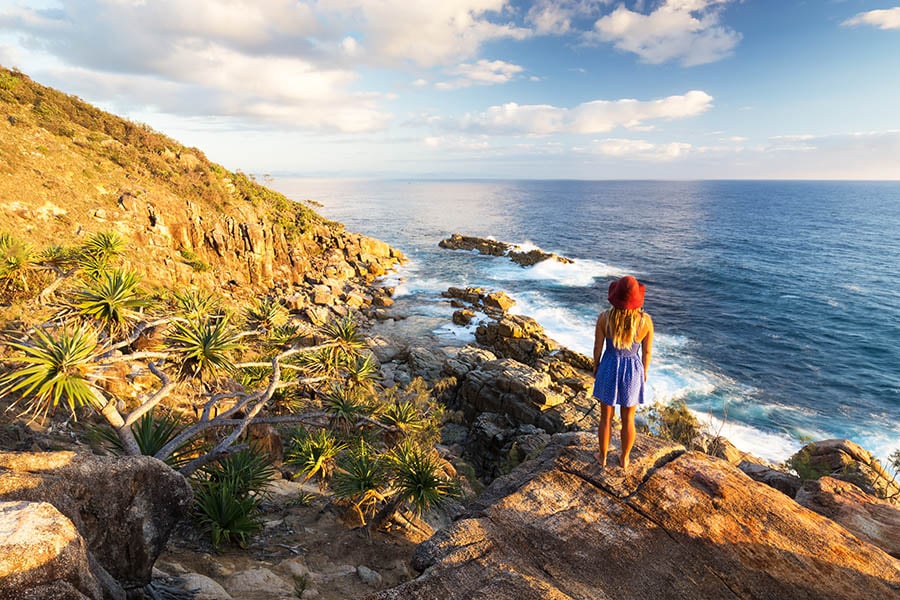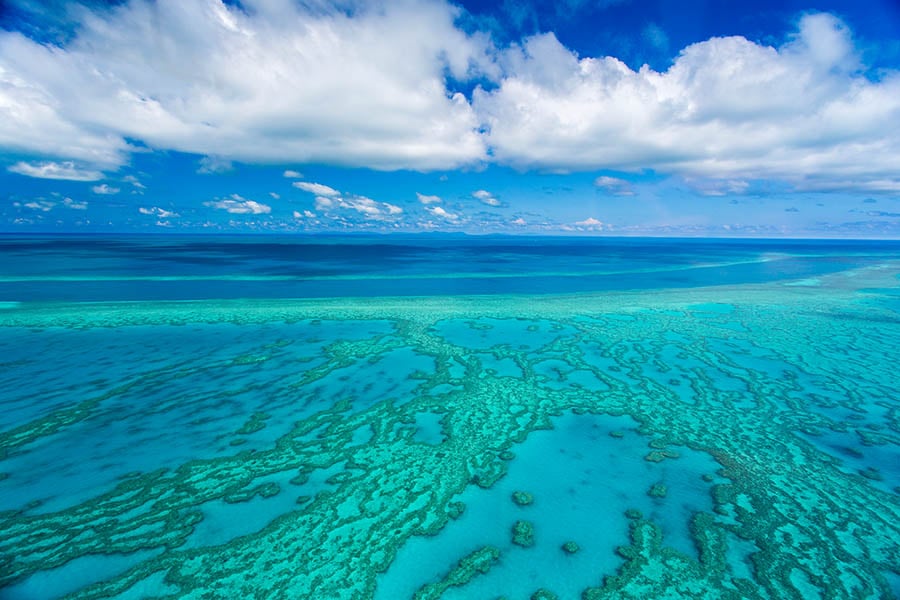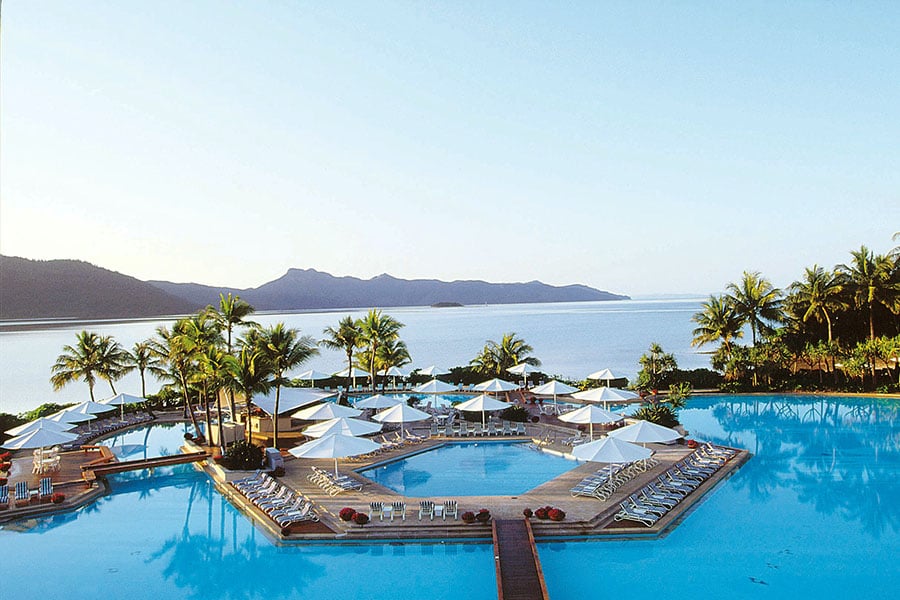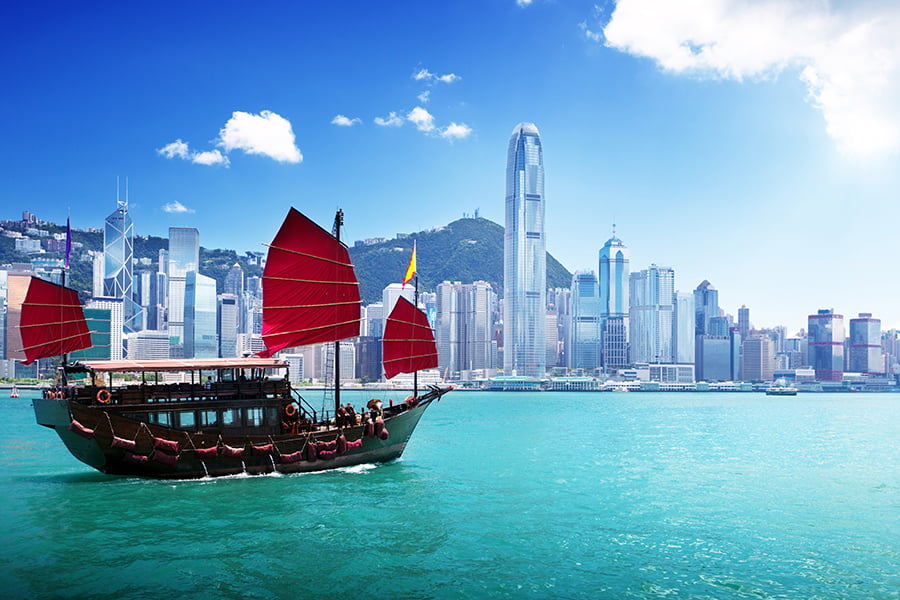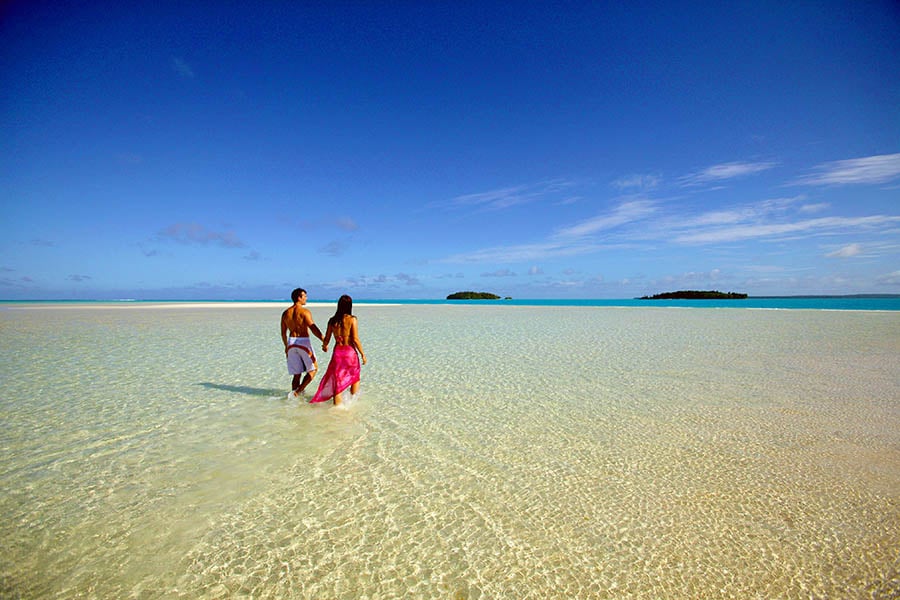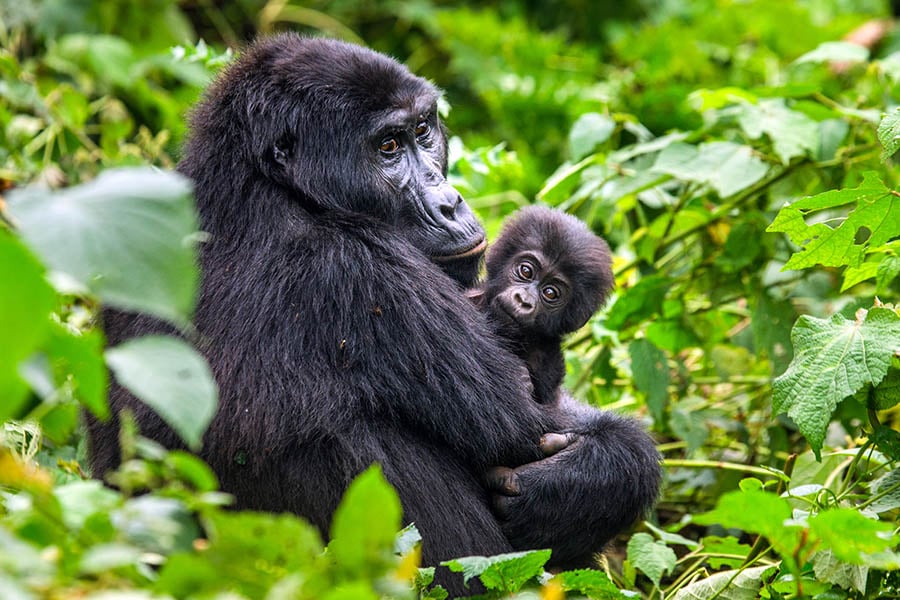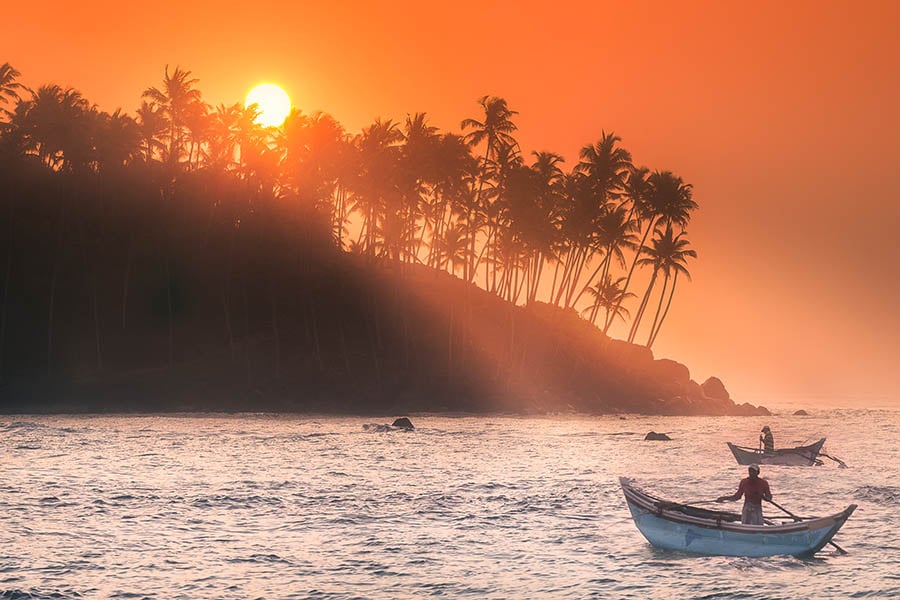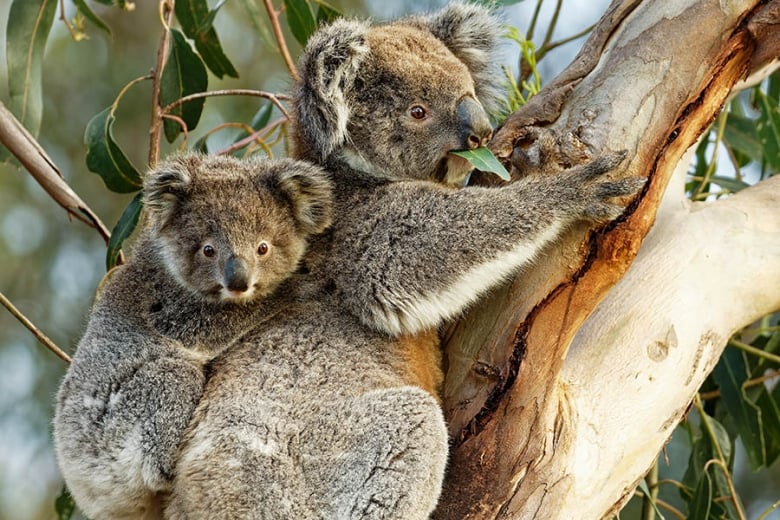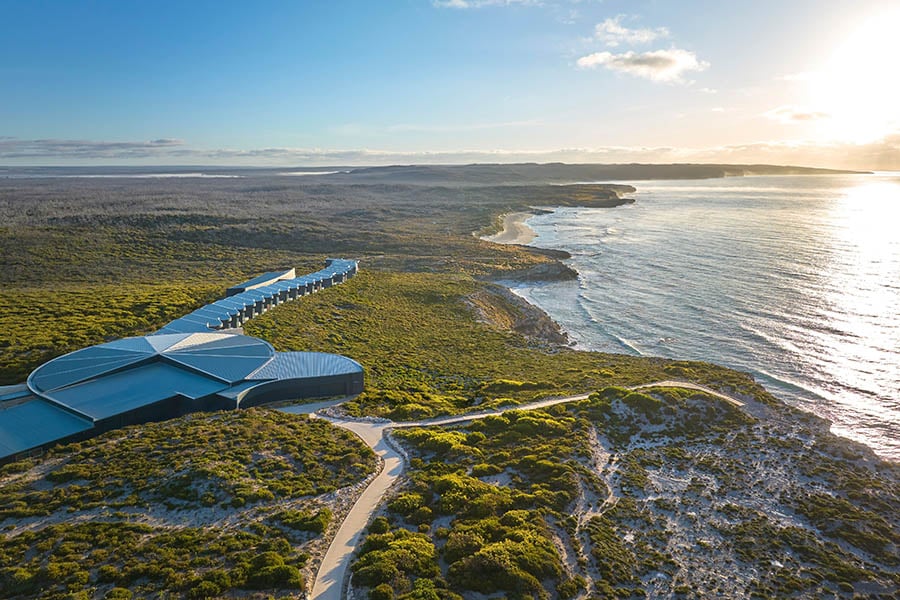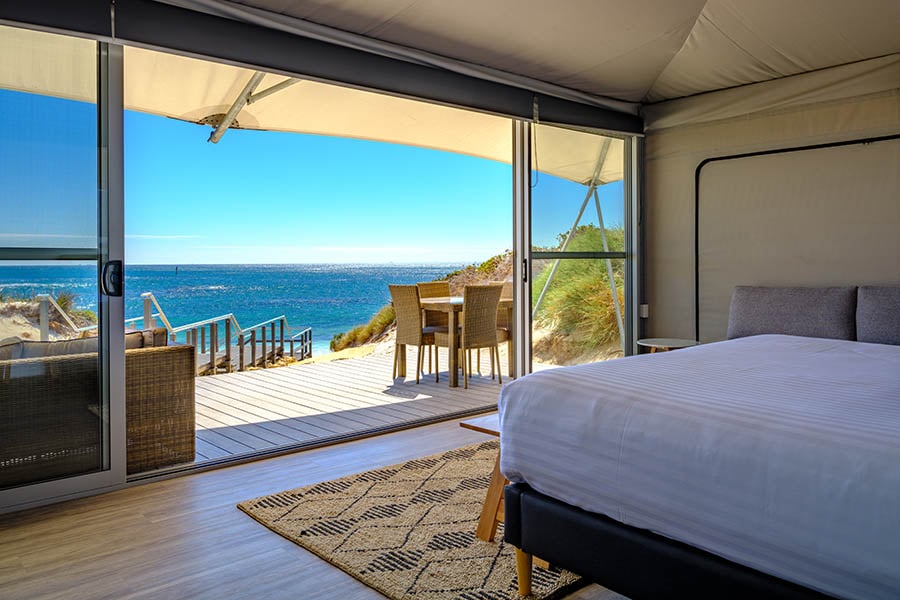How to plan a brilliant Great Barrier Reef trip
Bigger in size than the UK, the Netherlands and Switzerland combined, the Great Barrier Reef is one of the true wonders of the natural world. Composed of over 900 islands and 2,900 individual reefs, you can even see it from outer space. There really is nowhere else like it.
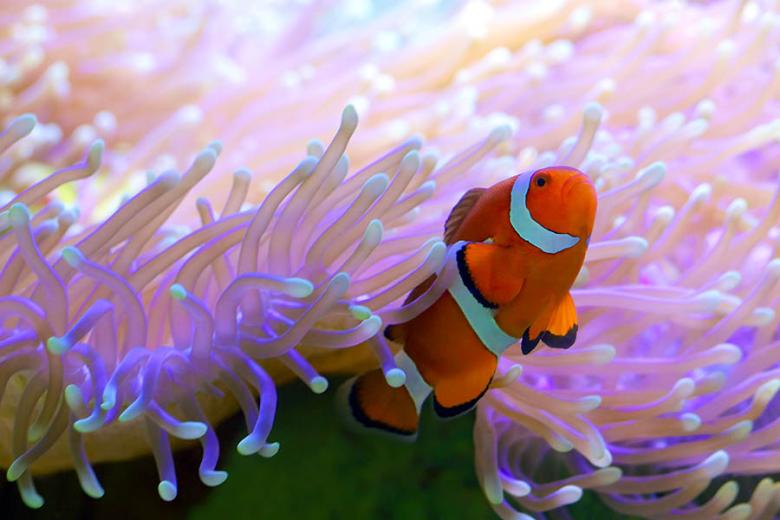
Positively teeming with life, the Great Barrier Reef is believed to be one of the most biodiverse ecosystems on the planet. To date, over 30 species of whales and dolphins have been recorded at the reef, as well as 215 species of bird and a whopping 1,500 species of fish. In fact, it’s thought that almost 10% of the world’s fish species can be found on the reef alone. The statistics are simply staggering.
Every tiny creature plays a role in keeping the reef alive, from polyps to sea snails and sponges to algae. It’s a fantastic feat of natural co-operation and something incredible to behold first hand. Snorkelling or diving through the psychedelic underwater world of the Great Barrier Reef is an experience that will stick with you forever.
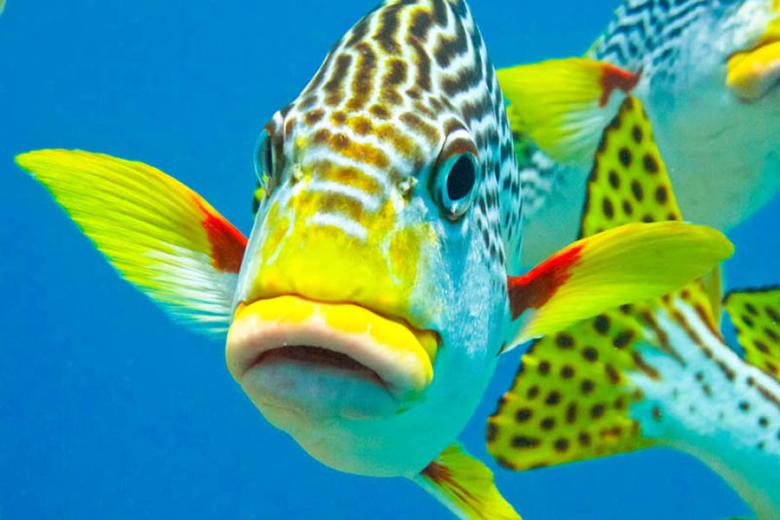
Conserving the coral reef
Given the stats, it’s no wonder that a trip to the Great Barrier Reef tops so many bucket lists. It’s nothing short of breath-taking. It’s also in huge danger. These days, the Reef is under severe threat from climate change, with mass coral bleaching events wiping out huge chunks of this precious habitat in the last three years.
While the Great Barrier Reef is somewhere extraordinary that we would encourage you to visit and see for yourselves, it’s now essential to do this responsibly. Here’s a link to our guidelines about exploring coral reefs with minimal impact, allowing these fragile ecosystems to survive and thrive. At Travel Nation, we only book excursions onto the Reef with local operators that hold an Ecotourism Certification.
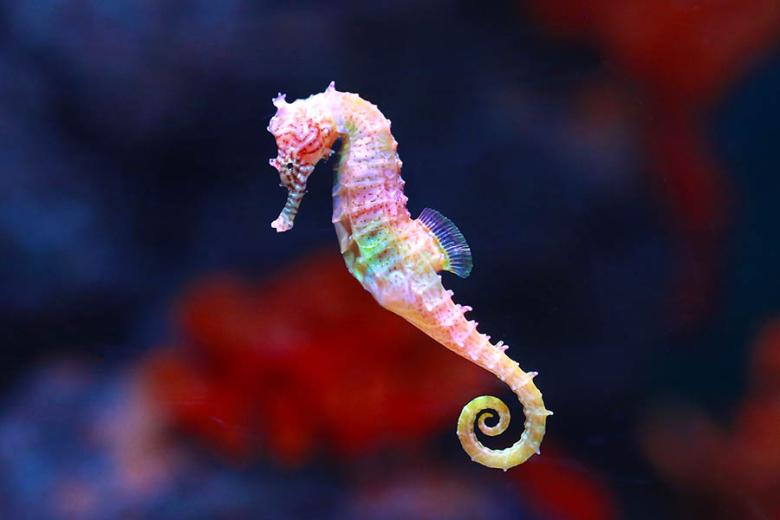
Where is the Great Barrier Reef?
Everyone has heard of the Great Barrier Reef, but far fewer people know exactly where it is. Stretching for over 2,300 kilometres parallel to Australia’s East Coast, the Reef spans almost the entire length of Queensland. Officially, the southern end of the Great Barrier Reef Marine Park begins offshore around the city of Bundaberg and runs all the way up to isolated Cape York.
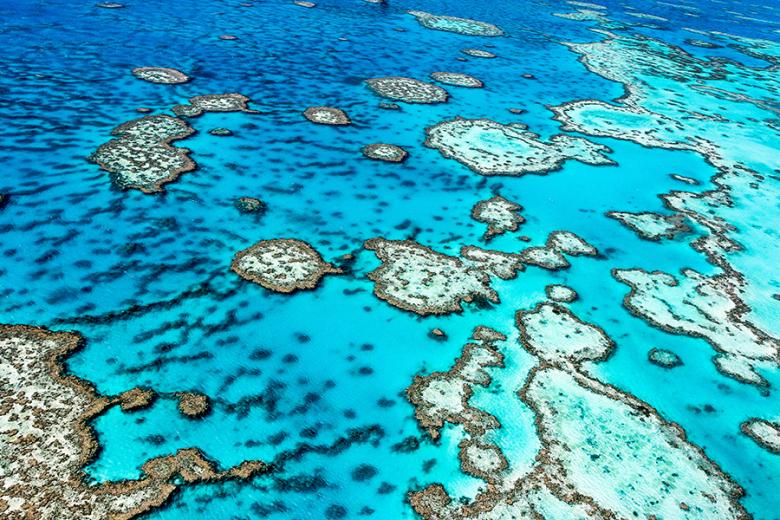
When to visit the Great Barrier Reef
In truth, there’s no wrong time to visit somewhere as beautiful as the Great Barrier Reef and, given the threats that the reef currently faces, the sooner, the better! Bear in mind that, from December to May, conditions are generally hot, humid and wet, which means less visibility for divers and snorkelers. It’s gorgeous but sweaty.
From June onwards, the rains taper off and cooler temperatures set in, making for a more comfortable visit. Think sunnier skies, clearer waters, great coral views and no clothes sticking to your skin. On top of this, humpbacks and minke whales begin migrating to the waters of the northern reef in June.
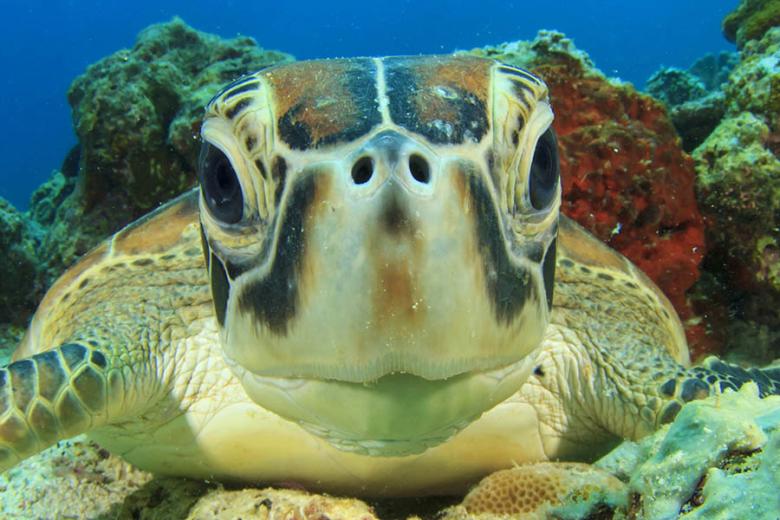
If you’re feeling British winter, there are definite advantages to visiting the Great Barrier Reef from November to February, despite the heat. Turtles begin nesting on the beaches of Heron Island and Lady Elliot Island in November, and the hatching starts in January, which is something magical to see first-hand.
Equally, the annual coral-spawning takes place in November and December, when millions of psychedelic eggs are released all at once. For divers, there’s nothing quite like it. However, it’s also jellyfish season during these months, so if you are diving, be sure to wear a stinger suit.
How to visit the Great Barrier Reef
Given its sheer size, planning a Great Barrier Reef holiday isn’t easy. There are all kinds of jumping off points for exploring the reef as well as several islands with excellent resorts and many transport options available. In other words, it can be tricky to know where to start.
In the first instance, it’s useful to know that the reef is commonly split into four sections: south, central, north and far north. The southern portion extends from Bundaberg to Mackay, the central reef stretches from Mackay up to around Port Douglas, the northern reef (also known as the Cairns reef) runs from Port Douglas to Cooktown, and the remote far north reef reaches as far as Cape York.
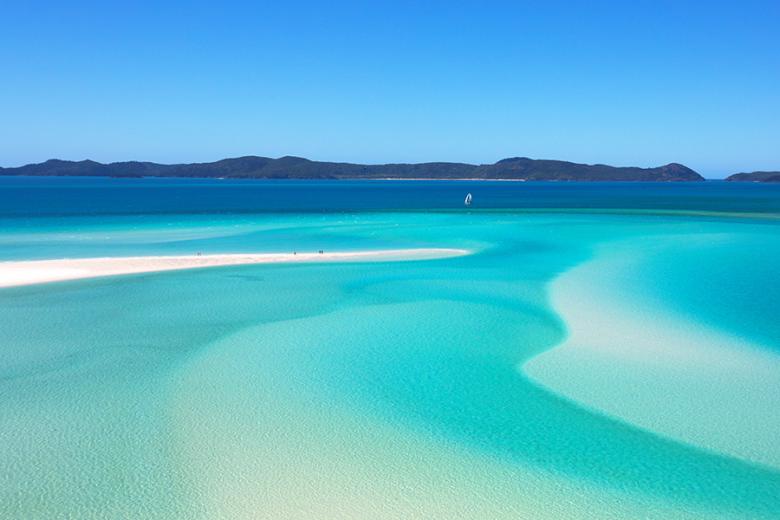
The northern reef, offshore from Port Douglas and Cairns, is the most visited area of the Great Barrier Reef, along with the central Whitsunday Islands. The southern tip and the far north are less frequented and, as a result, they have seen less damage from tourist activity.
Whether you’re looking for a remote reef hideaway, a luxury escape, an island-hopping adventure or a specialist diving trip, there’s somewhere that will tick all the boxes. You can either drive the coast, regularly setting off on day trips to the reef, or stay on island resorts. Alternatively, if you’re after total immersion, you can book a live-aboard sailing tour and sleep out on the seas.
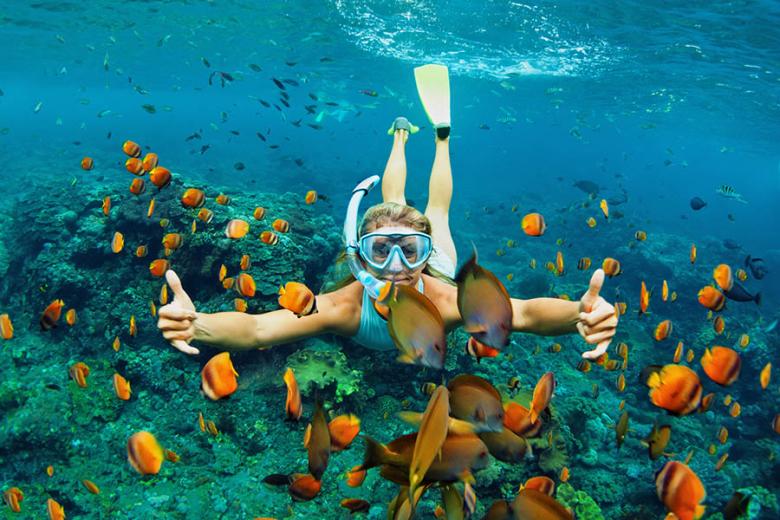
Mainland portals to the Great Barrier Reef
If you’re road-tripping up the coast of Queensland, there are all kinds of jumping-off points for trips out onto the Great Barrier Reef. Between the traditional gateways below, you’ll find smaller beach resorts and coastal towns with laid-back locals and luscious scenery.
Airlie Beach
Perhaps the most famous backpacker hub in Australia, Airlie Beach is your door to the Whitsunday Islands. Here, you’ll find all kinds of tour operators offering day trips, scenic flights and overnight sailing adventures through the dreamy Whitsundays, including Heart Reef and Whitehaven Beach. There’s a firm party vibe throughout Airlie, so if you’re looking for something low-key, consider staying one of the Whitsunday Islands instead.
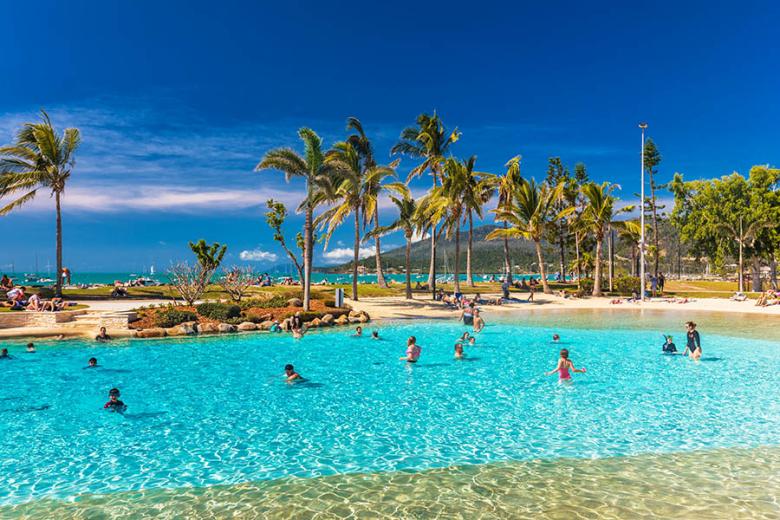
Cairns
Cairns is a cosmopolitan coastal city with a laid-back but lively atmosphere. It’s the most popular portal to the Great Barrier Reef, with diving, snorkelling and sailing tour operators coming out of its ears. Here, you’ll find an endless stream of souvenir shops, resorts and restaurants, all geared towards Great Barrier Reef tourism.
If you’re taking a trip out to the reef from Cairns, be sure that your tour operator has an ecotourism qualification and runs responsible excursions. As this part of the Great Barrier Reef sees the most tourism, it is also the most susceptible to damage. You can do your bit too, by following the eco-rules on the reef.
Port Douglas
Slightly more upmarket and slower-paced than Cairns, Port Douglas is another brilliant portal to the reef. From here, dozens of local operators offer snorkelling and diving day trips to both favourite and more remote parts of the Great Barrier Reef.
There’s accommodation in Port Douglas to suit almost every kind of traveller, as well as great bars and restaurants and gorgeous Four Mile Beach. Head a little further inland, and soon you’ll bump into the Daintree Rainforest, which is perfect when you need a break from the water.
Can't decide? Read our blog 'Port Douglas or Cairns? Where to stay if you want to visit the Great Barrier Reef' for tips that will help you choose your base.
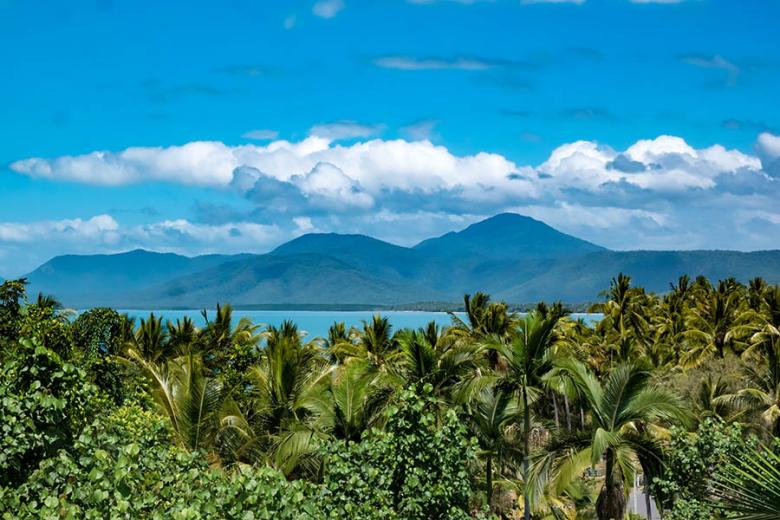
Townsville
Far less touristy than both Cairns and Port Douglas, Townsville is a working city that is often overlooked. However, it’s a thriving coastal hub with a great marina, plenty of green space and friendly locals. On top of that, Townsville gets a whopping 320 days of sunshine per year, so you can’t go far wrong!
From Townsville, you can visit some of the less crowded areas of the Great Barrier Reef, so you’ll also find less human damage. These trips might be more pricey, but in many ways, they’re worth it.
Island resorts on the Great Barrier Reef
If you’re after an island base for exploring the reef, the possibilities are practically endless. In total, there are over 900 islands in the Great Barrier Reef, and dozens of these are now home to boutique resorts and hotels. Here’s a handful of our favourite islands on the reef. Grab yourself a bit a barefoot bliss!
Lady Elliot Island
Generally speaking, the northern sections of the Great Barrier Reef get all the press. However, the sleepier, quieter southern end is the stuff of Robinson Crusoe-style fantasies. Secluded and packed with incredible sea life, Lady Elliot Island is, arguably, the best place to snorkel on the southern reef. Home to nesting sea turtles, coral gardens, shipwrecks, manta rays and leopard sharks, it’s the perfect base for a snorkelling break on the Great Barrier Reef.
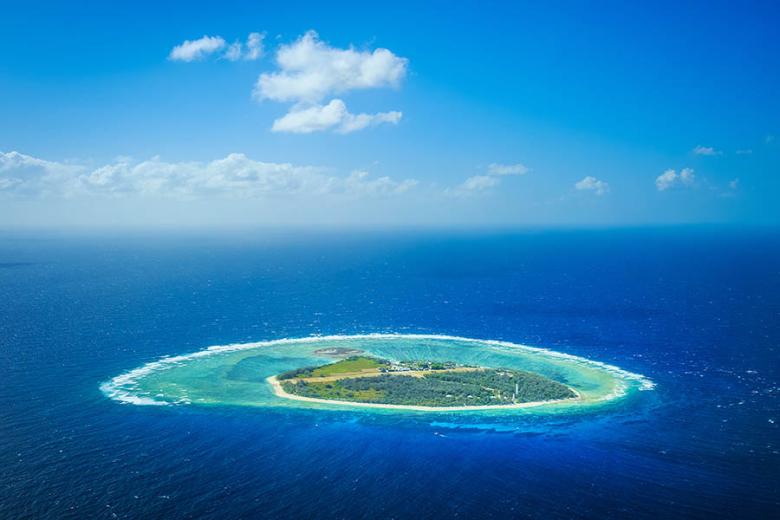
Heron Island
Above the waves, Heron Island is an untamed mix of thick forest, natural beaches and abundant wildlife. Its beauty is rugged rather than coiffed. Over 200,000 birds call the island home, while turtles nest on the beaches every year.
Duck under the water, and you’ll find 24 square kilometres of stunning reef, making it a dream destination for scuba divers and snorkelling fanatics. If you’re after an ‘au naturel’ island with minimal man-made frills, it’s a clear winner.
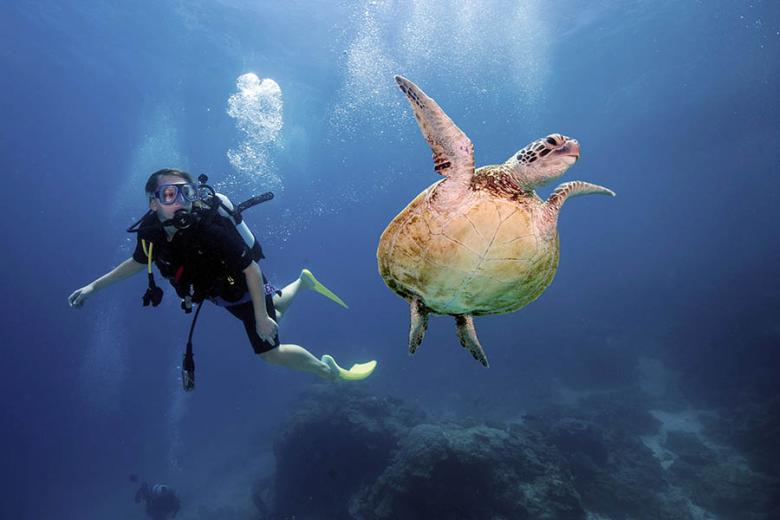
Hamilton Island, Whitsundays
For many travellers, the Whitsunday Islands are a portrait of paradise found and Hamilton Island is like the icing on the cake. A glamorous tropical pocket of perfect beaches and boutique resorts, it’s ideal for honeymoons, anniversaries and once-in-a-lifetime holidays. It’s a great place to see the Great Barrier Reef with a splash of added glamour.
From Hamilton Island, you can take all kinds of snorkelling trips, sailing tours and scenic flights over the Whitsunday Islands before retreating to your top-notch hotel for the night. If you want to push the boat out, try staying at ultra-luxurious Qualia resort.
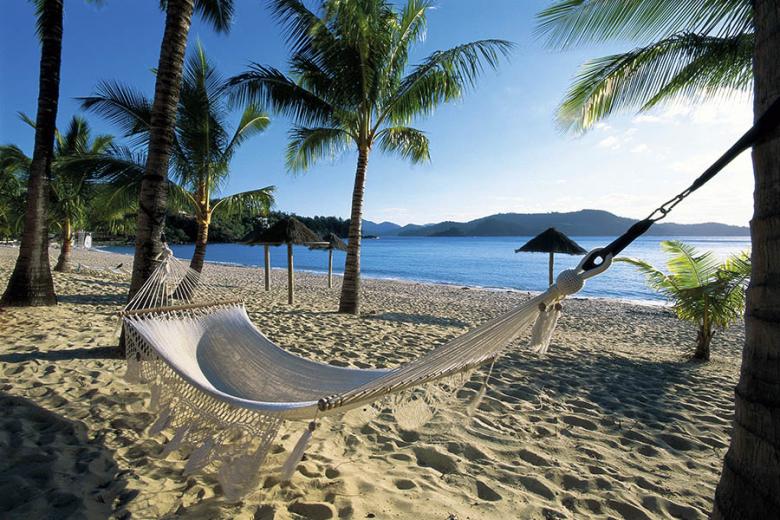
Orpheus Island
If you’re looking for somewhere to stay on the Great Barrier Reef with wildlife on the ground as well as under the water, Orpheus Island is your best bet. The forests of this beautiful 1,300-hectare island are overrun by amazing critters, from bandicoots to tree frogs and a near-alarming number of free-roaming goats! There are hiking trails galore, and the scenery is sensational.
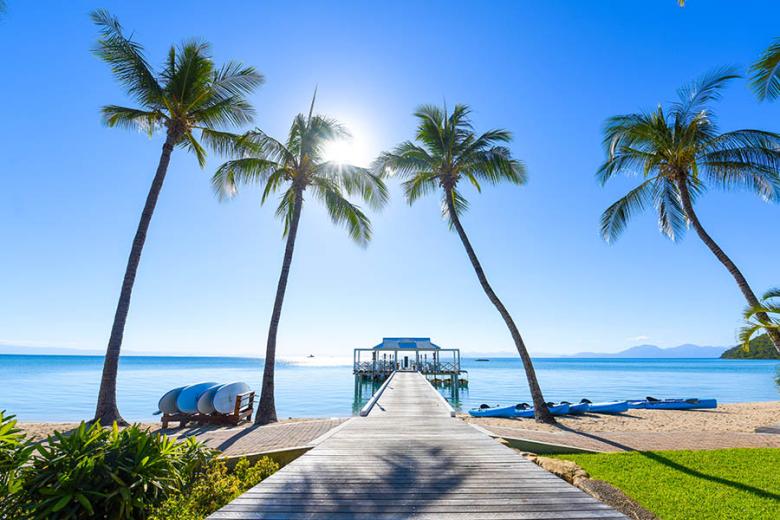
Orpheus Island is circled by a fringing reef that is home to well over 1,000 species of fish, as well as incredible coral gardens. Accessible by boat or helicopter from Townsville, the island is quieter and more exclusive than many of the others, providing a welcome escape from the Cairns-style crowds. For a dash of real indulgence, book into Orpheus Island Lodge and be pampered from morning to night.
Lizard Island
Australia’s northernmost island resort, Lizard Island, sits in the middle of both inner and outer reefs systems as well as fringing reefs. As a result, you'll find incredible snorkelling straight off the beach, allowing you to dip in and out of the water whenever you want.
Due to the island’s unique position, the diving is also fantastic, and most of the island is National Park. After a day out on the reef or rambling along nature trails, the five-star Lizard Island Resort is a lush place to rest your head.
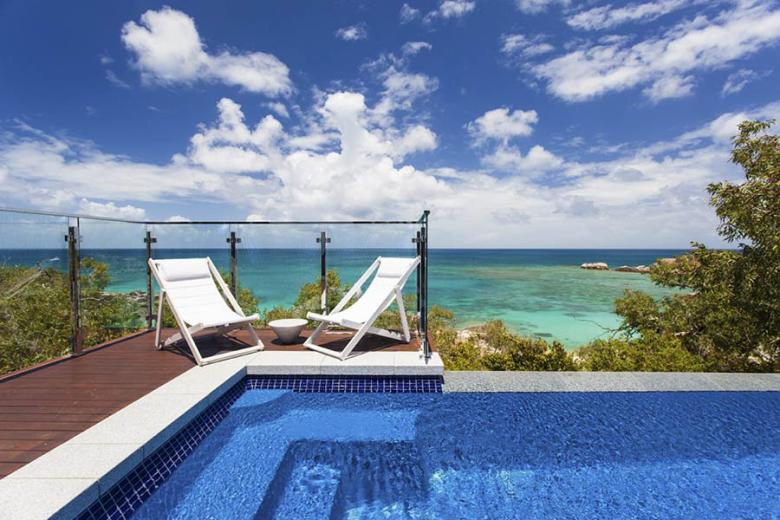
Ready to visit the Great Barrier Reef?
We are experts in planning multi-centre holidays, Australia road trips and round the world flights. Our friendly consultants can help you put together a brilliant holiday to the Great Barrier Reef and beyond. Give us a call on 1273 320 580 or send us a quote request by email and we’ll get back to you.
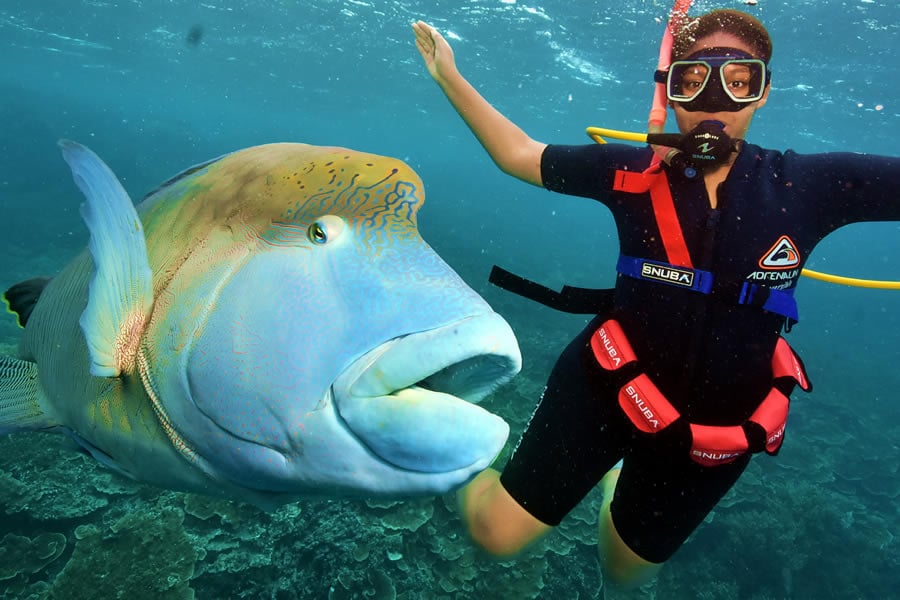
Port Douglas or Cairns? Where to stay if you want to visit the Great Barrier Reef

Elodie Coran
Travelling friend
at Travel Nation
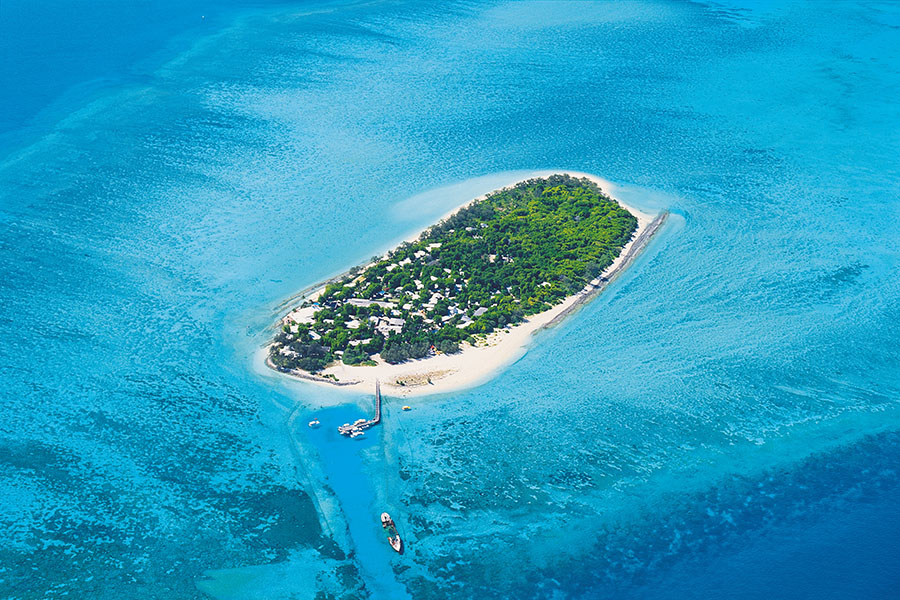
Great Barrier Reef hotels: which is best for you?

Annette Morrissey
Travelling friend
at Travel Nation
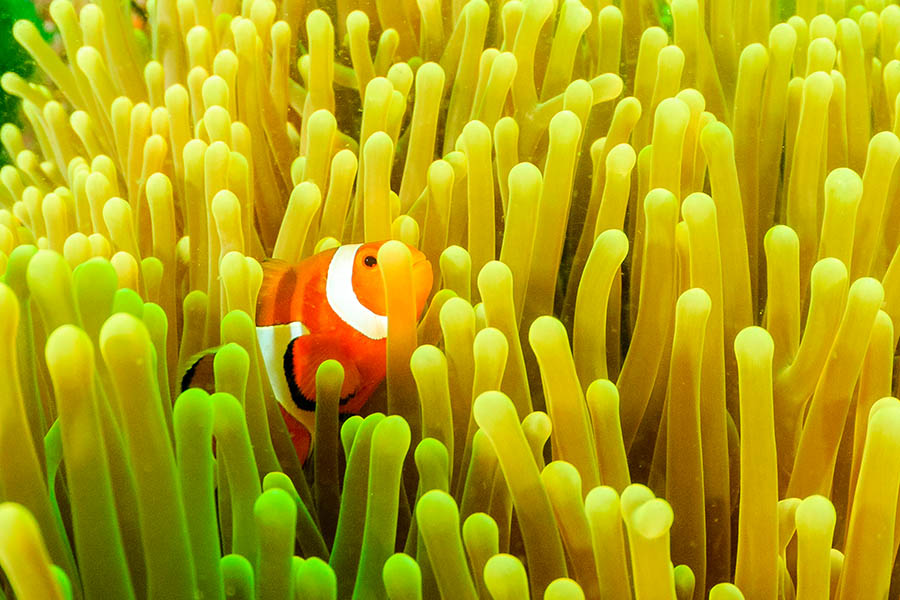
Coral reef conservation: how to visit reefs responsibly
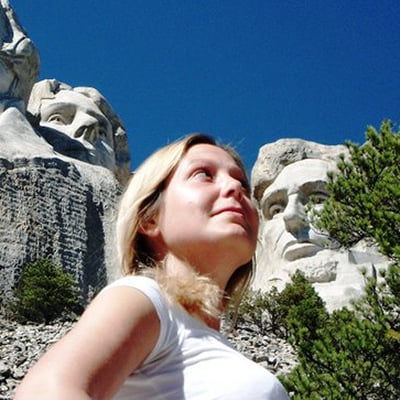
Bryony Dunn
Marketing Manager
at Travel Nation

About the author Bryony Dunn
Marketing Manager
Bryony is an explorer in every sense of the meaning. In 2013 she took the plunge, quit her marketing job and decided to face down her lifelong panic disorder to begin life as a freelance digital nomad. Journeying all over Asia, for years she earned her keep writing for travel brands. Almost by accident, she ended up in Cali, Colombia where she discovered a remarkable (as yet latent) talent for Salsa dancing. After spending a year in sequins shimmying from dance show to dance show, she returned to the UK, tanned, toned and ready to settle down. Bryony joined Travel Nation as a round the world specialist in 2016 and is now the Marketing Manager, with a little salsa on the side.

